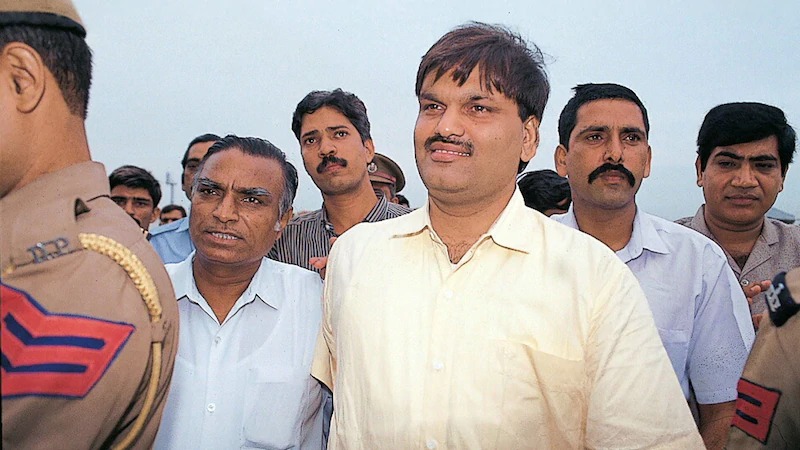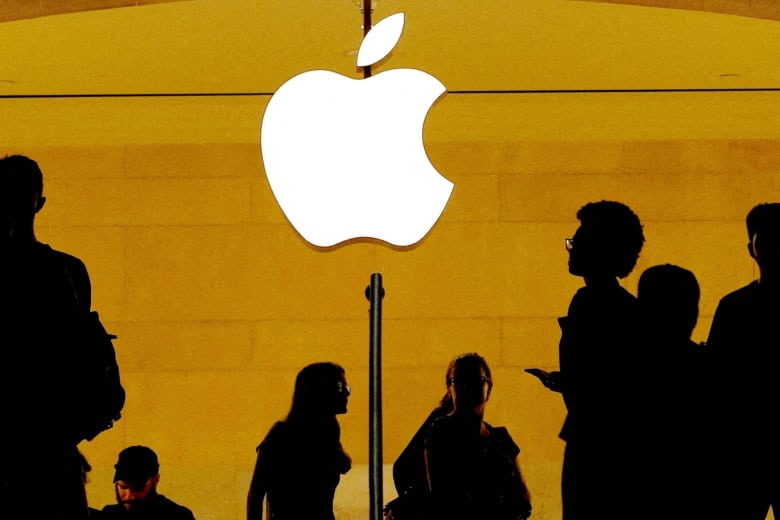“The money is the same, whether you earn it or scam it”, said Bobby Heenan, a former professional wrestling manager. Hard work and dedication are required for plotting a scam too. The only thing that people with greed for ‘fast money’ lack is patience.
One of the greatest scams in Indian financial history occurred in 1992, by a man widely known as ‘The Big Bull’ Mr. Harshad Mehta. He was born in a Gujarati-Jain family in 1954 and spent his childhood in Mumbai. A Bachelor in Commerce from Lajptrai College in Mumbai, he created a major hassle at the Bombay Stock Exchange in the year 1992. He was convicted by the Bombay High Court and the Supreme Court of India for his part in this financial scandal valued at Rs. 49.99 billion (USD $ 740 million). The scam exposed the loopholes in the Indian banking system and the Bombay Stock Exchange transaction system.
Mr. Mehta started his career after his graduation, as sales personnel at the Mumbai office of New India Assurance Company (NIACL). After a few years he paid heed to his interest in the share market and joined a brokerage firm B.Ambalal & Sons where he worked as a jobber for the broker P. D. Shukla. Over a period of two decades, rose to a position of prominence in the Indian Securities Market with media touting him as ‘The Amitabh Bachchan of the Stock Market.’
In 1984, Mehta was able to become a member of the Bombay Stock Exchange as a broker and established his own firm called GrowMore Research and Asset Management, with the financial assistance of associates, when the BSE auctioned a broker’s card. He actively started to trade in 1986. By early 1990, a number of eminent people began to invest in his firm, and utilize his services, including the then minister Mr. P. Chidambaram, through Mr. Chidambaram’s own shell companies.
He had a simple master plan with which he manipulated the share price of Associated Cement Company (ACC) from Rs.200 to Rs.9000 in nearly just 3 months. The massive action by a set of brokers, including Mehta, had the power of uprising or crashing the Sensex by their unison in buying and selling.
The Scam:
Harshad Mehta was the pied piper of stock market who lured the gullible investors into believing his self propagated theories of Asset Replacement Value as well as theories related to ‘Water & Gold’.
His argument was that the replacement cost of the assets of ACC was much higher than the market capitalisation of ACC, using this to justify the phenomenal rise in valuation. His second ludicrous theory was of that of ‘Water & Gold’. Water is a very easily available resource and is very cheap even though it is life supporting.
Gold has no real value but is valuable as it is in short supply. The same water if sold in the middle of Sahara Dessert would be valuable due to scarcity. He created artificial scarcity in stocks by mopping up their marketable liquidity, thus increasing the prices to unjustified levels.
The question which arises is from where did he get such huge amounts of funds for investing?
The scam plotted beholds the answer.
Up to the early ‘90s, banks in India were not allowed to invest in the Equity Markets. However, they were expected to post profits and retain a certain ratio (threshold) of their assets in Government’s fixed interest Bonds. Mehta cleverly squeezed capital out of the banking system to address this requirement of banks and pumped this money into the share market. He also promised the banks higher rates of interest. He asked them to transfer the money into his personal account, under the guise of buying securities for them from other banks.
At that time, a bank had to go through a broker to buy securities and forward bonds from other banks. Mehta used this money temporarily in his account to buy shares, thus hiking up demand of certain shares (of good established companies like ACC, Sterlite Industries and Videocon) dramatically. Eventually selling the shares and passing on a part of the proceeds to the bank while keeping the rest for him.
It was this ‘Ready Forward’ deal that Harshad Mehta and his cronies used with great success to channel money from the banking system. A typical ‘Ready Forward’ deal involved two banks brought together by a broker, in lieu of a commission, where the broker handles neither the cash nor the securities. However, this wasn’t the case in the lead-up to the scam.
To carry out the scam, deliveries of securities and payments were made through the broker i.e. the seller handed over the securities to the broker, who passed them to the buyer, while the buyer gave the cheque to the broker, who then made the payment to the seller. The buyer and the seller would not even know who they had traded with, both the parties of the trasaction being known only to the broker.
The brokers could manage primarily because they had become market makers and had started trading on their account. To keep up a semblance of legality, they pretended to be undertaking the transactions on behalf of a bank.
Another instrument used in a big way was the Bank Receipt (BR). A Bank Receipt confirms the sale of securities. It acts as a receipt for the money received by the selling bank. Hence the name-Bank Receipt. In the ‘Ready Forward’ deal, securities were not moved back and forth in actuality. Instead, the borrower, i.e. the seller of securities, gave the buyer of the securities a BR.
A BR promises to deliver the securities to the buyer and also states that, in the mean time, the seller holds the securities in trust of the buyer. Having figured this out, Mehta needed banks which could issue fake BRs or BRs not backed by any government securities. Two small and not very well known banks – the Bank of Karad (BOK) and the Metorpolitan Co-operative Bank (MCB) – came in handy for this purpose.
Once these fake BRs were issued, they were passed on to other banks and the banks in turn gave money to Mehta, assuming that they were lending against government securities even though this was not really the case. This money was used to drive up the prices of stocks in the stock market. When time came to return the money, the shares were sold for a profit and the BR was retired. The money due to the bank was returned.
The game went on as long as the stock prices kept going up, and no one had a clue about Mehta’s modus operandi.
Exposure:
On 23 April 1992, journalist Sucheta Dalal exposed Mehta’s illegal methods in a column in The Times of India about how Mehta was illegally dipping into the banking system to finance his buying.
Post Exposure:
Upon the exposure of the scam, several banks found they were holding BRs of no value at all. Mehta had, by then, swindled the banks of a staggering Rs 4,000 crore. The scam came under scathing criticism in the Indian Parliament, leading to Mehta’s eventual imprisonment. The scam’s exposure led to the reported suicide of the Chairman of Vijaya Bank, who was guilty of having issued checks to Mehta and knew the backlash he would face from the public.
A few years later, Mehta made a brief comeback as a stock market expert and started providing investment tips on his website and in a weekly newspaper column. He worked with the owners of a few companies and recommended the shares of those companies only.

Death:
Mehta was under criminal custody in the Thane prison. He complained of chest pain late at night and was admitted to the Thane Civil Hospital. He died following a brief heart ailment, at the age of 47, on 31st December 2001, leaving behind a destroyed reality for thousands, loopholes detection for the Government, and a harshly intelligent history.
Written By – Aditi Bhatt




